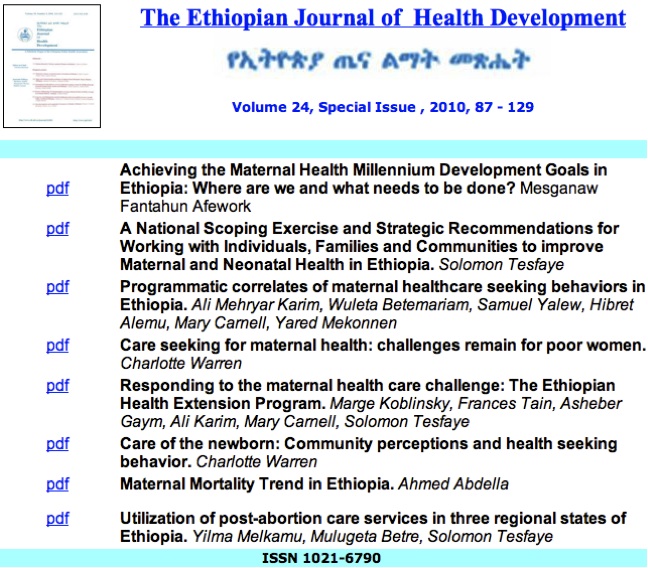 A recent article by Gething and colleagues in Nature (May 20th, 2010) shows that malaria has declined the past century. The decline has been largest in areas with less malaria transmission.
A recent article by Gething and colleagues in Nature (May 20th, 2010) shows that malaria has declined the past century. The decline has been largest in areas with less malaria transmission.
What is new in this paper is that the malaria decline takes place during global warming. The reasons for decline might be non-climatic factors such as better treatment and prevention. Their research addresses malaria on large scales, and the situation might be different in local areas.
Linking changes in temperatures to variations in malaria epidemiology is justified by known biological effects on life-cycle stages of the Anopheles vector and Plasmodium parasite. For example increasing temperature to 30o C results in shortened sporogonic period of the Plasmodium parasite, and differently for P. falciparum and P. vivax. Higher mean daily temperatures are not favourable for vector survival. Increased temperature speeds up development of the aquatic stages of the vector.
Therefore, some propose developing tools to forecast malaria epidemics. We use different terminology to describe malaria risks, and distinguish between long-term forecasts, early warning and early detection of epidemics.
Long-term epidemic forecasting is based on climate forecasting, and many use information such as the El Niño Southern Oscillation indices as added information to predict epidemic risks months in advance over large geographical areas. Such a forecast allows time for the population to prepare for a possible epidemic in the following malaria season.
Malaria epidemic early warning is based on surveying transmission risks to predict timing of an increase because of abnormal rainfall or temperature. Often, such risks are influenced by population vulnerability such as history of low malaria transmission. Such predictions can give lead times of weeks to months.
The long-term and early warning should however be distinguished from epidemic early detection. This involves noting the beginning of an unusual epidemic, and offers short lead time (days to weeks) for preparation of preventive measures.
We are studying the association between temperature, rainfall, mosquito development and malaria in both lowlands and highlands in Ethiopia. Through this research, we hope to improve our understanding of the local variations in malaria epidemiology. Our aim is to examine if the spatio-temporal distribution of surface temperature and rain can predict malaria epidemics (both long-term forecasting, and malaria epidemic early warning). We base this on an assumption the nature of the link between climate and occurrence of malaria is constant and similar for different settings.
Gething, P., Smith, D., Patil, A., Tatem, A., Snow, R., & Hay, S. (2010). Climate change and the global malaria recession Nature, 465 (7296), 342-345 DOI: 10.1038/nature09098

